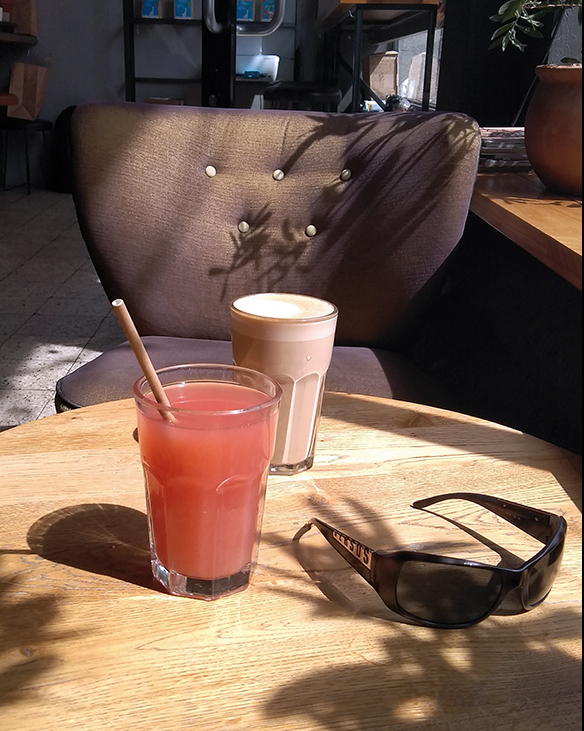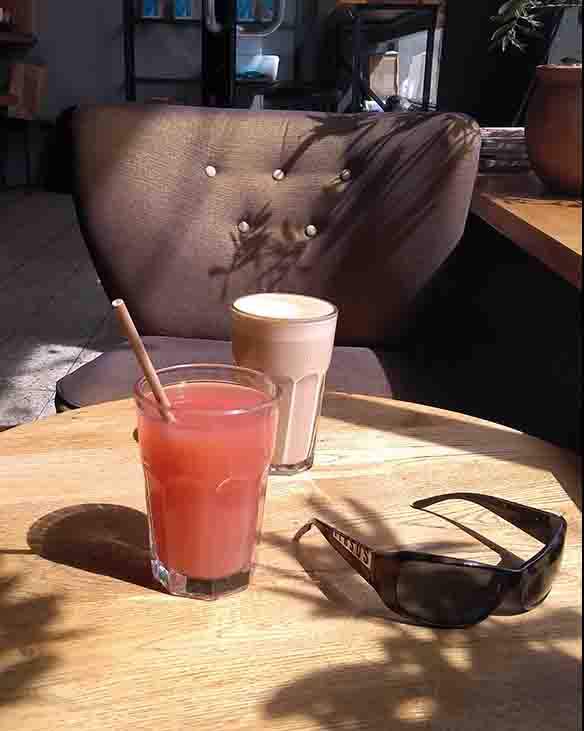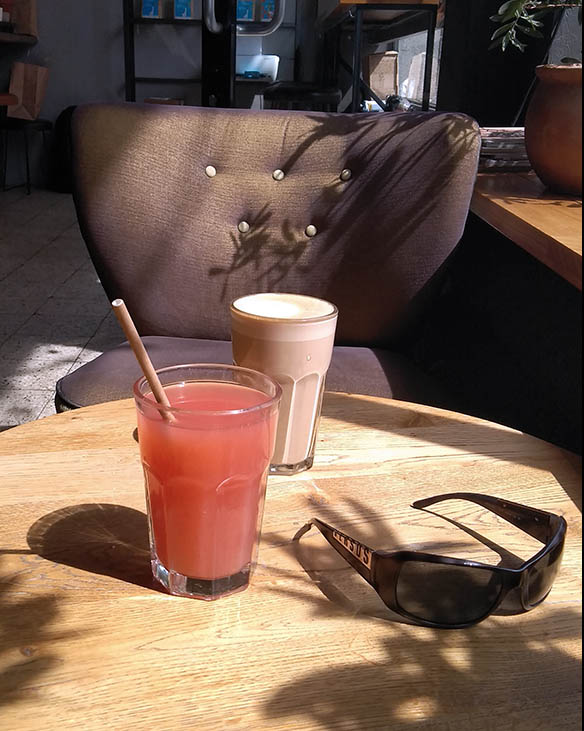Optimizing is an additional upfront thing that can be done that significantly impacts page (site) loading times overall. This shouldn’t be an optional thing! All website ought to use this!
Huge imagery slows down webpages and generates bad user experiences. Optimizing imagery is the procedure of reducing the size of the file via either script or a plug-in. That makes pages load faster. You can read here why it is very important. Lossy along with lossless compression are the 2 usual methods.
HTTP Archive says that as of November 2018, imagery makes up 21 percent of the total weight of a web page on average. Consequently, after videos (these are very hard to get optimized), imagery is definitely where website owners need to begin. It is more vital than things like JavaScript, or CSS, as well as Fonts. Paradoxically, a respectable imagery optimization workflow is an example of the simplest thing to do, but many owners of websites overlook it.
Discovering a balance between a file’s size and its quality
The main objective of image formatting is to discover a balance between the lowermost file size and satisfactory quality. There’s several ways to do just about every kind of optimization. A very basic method is compressing the imagery prior to its upload to a site. Software such as Adobe Photoshop can do this task. Or you can utilize a fresh Internet application called Squoosh app that you can get via Google. But, these jobs can likewise be done automatically with the help of a plugin. Also you can try online services like TinyPNG.
The two main things to contemplate are a file’s format as well as the kind of compression used. If you pick the correct mix of the file’s format along with the kind of compression, it will lower imagery size as much as five times. You will need to test with each piece of imagery or file format to find out which one is best for your situation.
Prior to beginning to alter imagery, ensure you have selected the top kind of file. There’s a few kinds of files to utilize:
- PNG – This creates images of a higher quality; however the files are bigger. It is a lossless type of picture format, though it may additionally be lossy.
- JPEG – This utilizes both lossy and lossless type of optimization. Quality levels can be adjusted so there’s a better balance between quality and the size of the file.
Preferably, JPEG (or JPG) ought to be utilized for imagery that has a lot of color, then use PNG for imagery that’s simpler.
Then there are GIFs. It is fun to use Animated GIFs, however they hurt the performance of a website. Many of them equal more than a megabyte in size. We endorse keeping GIFs for social media sites and Slack. If you truly must have a GIF in a blog posting, try to find out how to compress an animated GIF.
Quality of compression versus the size
Here is a case showing what could occur if an image is compressed too far. The first uses a quite low rate of compression, and that makes the quality higher, but the files is still fairly large – 380kb. The other uses an high rate of compression, which makes the picture low resolution, yet the file is smaller – 48kb.


So in our first example, the image equals 380kb, which is quite big for a single file. It is usually better to maintain the whole weight of a webpage to less than 1Mb, so that’s far too big. The other example looks really bad; however, it is a mere 48kb. So, you must find some sort of place in the middle between the rate of compression that controls the picture quality and its file size.
Consequently we tried a medium rate of compression. This makes its quality pretty good and the file is only 102kb, and that is okay for high-resolution picture. It is best to try to keep the majority of your photos and images under 100-120kb for best results.

Image optimization plugins and services
The good news is there’s several great imagery plugins for compression you can use with WordPress that automatically take care of the whole procedure. These include:
- Imagify (CMS and online image compression plugin)
- WP Smush
- Optimole (lazy load and picture optimization)
- EWWW image optimizer
- ShortPixel
The most vital thing to consider when selecting a plugin to optimize your pictures is to utilize the one which does the compression and optimization externally on a server. That, in turn, decreases website load. All the ones listed previously do that.
Lazy loading
If there is lots of imagery, you could contemplate using lazy loading. That is a method of optimization which loads the content that is visible, yet delays loading and rendering of any data appearing under the fold.
That can be particularly vital regarding postings for blogs that have a lot of gravatar icons due to comments. Recently Google released recommendations on lazy loading.
More tips for picture optimization
The following are several more advice for image optimization you can consider.
- No more uploading of visual content merely the size of your column wide or DIV. Now it is reasonable to use responsive images that will display smaller to tablet and mobile users.
- SVGs are an additionally great alternative to utilizing JPG and JPEG. SVGs are characteristically a much smaller sized file, but not all the time.
- Utilize icon fonts as an alternative to putting text inside pictures – these appear better when you scale them as well as they use up a lower amount of space. Plus if a font generator is used, they can be optimized even more.